
General Operational Overview
The Tie-FenLock 300 system is presented to the operator in one or both of two ways. The first option is by using a Visual Display Unit (VDU), as shown in figure 1. Any equipment controllable by the user can be clicked with the mouse using the left-click for standard operation, and a right-click for failure/administrator roles.
As an additional feature, the software can be configured to show a car count, which is achieved by taking the axle count and dividing by the number of axles per car/carriage/coach (typically 4). This is visible in Figure 1, circled in blue. This becomes of benefit when permissive working is specified as it allows the operator to see the remaining stabling capacity. Figure 1 shows an example of this feature.
Each interlocking request also features a yes/no option to complete the operation. This is to prevent accidental requests. Fault messages and degraded mode operations provide an additional pop-up image and window and each must be acknowledged before the system executes a new request.
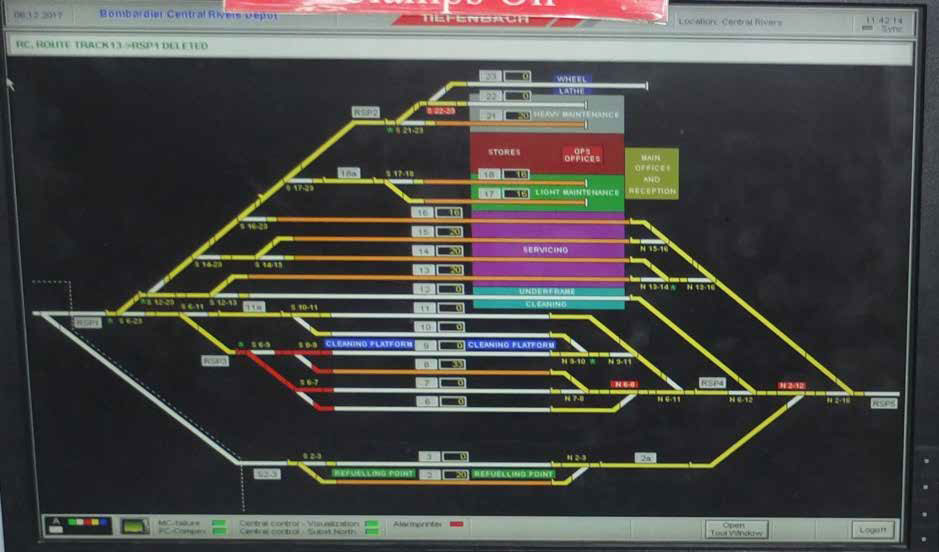 Figure 1 – Tie-FenLock 300 VDU, Central Rivers Depot, UK. The car counting feature is on all roads, the count on roads 17 and 18 are circled in blue.
Figure 1 – Tie-FenLock 300 VDU, Central Rivers Depot, UK. The car counting feature is on all roads, the count on roads 17 and 18 are circled in blue.
The second option is to use one or multiple Route Setting Panels (RSP) which are installed at strategic locations within the depot area. From these, the operator can create, lock and cancel routes that are within the jurisdiction of that RSP.
Example of Operation
VDU Operation
The most commonly used function on a Tie-FenLock 300 system is setting a route which is performed by 5 mouse clicks:
Start |
 |
 |
 |
Finish |
|
Click on the signal at the start of the desired route,
|
Select “START” from the drop-down list that appears,
|
Click on the signal at the end of the desired route,
|
Select “DEST” from the dropdown list that appears,
A message appears “Set route A to B?” with buttons YES and NO. The YES/NO are blanked out for 3 seconds before becoming available to mitigate erroneous setting. |
Click YES
If the route conditions are satisfactory, the route sets and a message “Route A to B set” appears and the VDU reflects lineside equipment states. If the route conditions are not satisfactory (e.g. points locked in the incorrect lie), the route does not set and a message “Route A to B setting cancelled – Points C locked reverse”. |
RSP Operation
The RSP is presented as push buttons mounted on a steel panel, rather than on a screen. However, the process for setting a route is not dissimilar.
Start |
 |
Finish |
|
The operator inserts and turns a key to power up the RSP, checking that the “running” lamp is lit correctly
|
The operator then presses the button for the route that they wish to set;
The “route” white LED begins to flash as the route begins to set, The “route” white LED becomes steady when the route is set successfully, The “lock” red LED shows when route setting is not possible. |
To cancel the route, the operator presses the “delete” button and the appropriate “route” button simultaneously.
To cancel the route, the operator presses the “delete” button and the appropriate “route” button simultaneously. |
Background Operations
The system automatically records each action taken on the system into an activity log. Each log entry includes the date, time, location and operator. Some items may include (non-exhaustive):
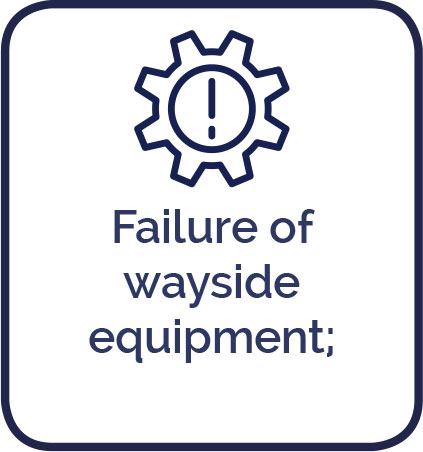
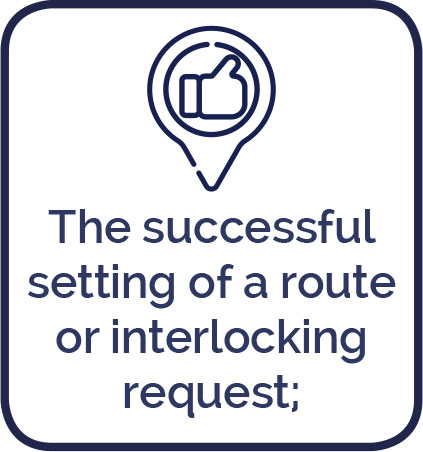
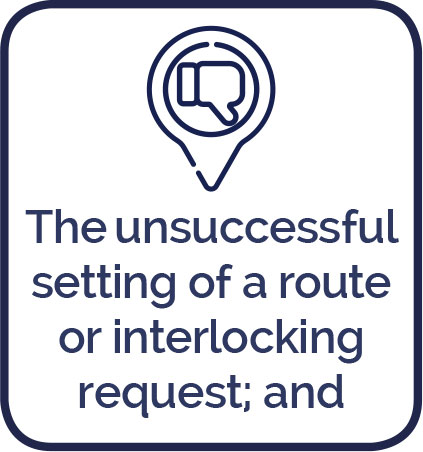
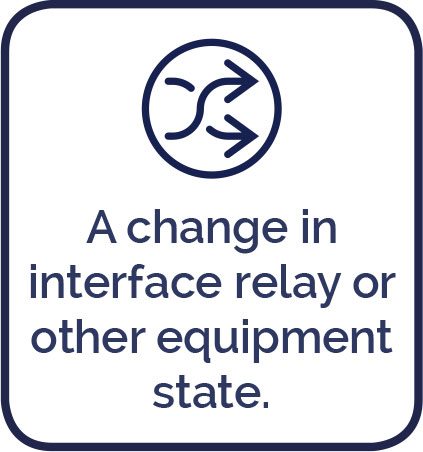
The log can be downloaded from the interlocking or viewed on the VDU and is generally an aid to fault finding exercises.
Multiple VDUs
There is flexibility in having multiple operator’s desks (i.e. two separate VDUs in separate locations).
The same connection applies and is via a secure and reliable network (Ethernet) cable. The multiple VDU setup is configured in such a way that it is possible for only one of the terminals to be designated the master at any one time. A secure function is built into the user interface to enable the hand-over of control and uses a multiple action command to permit the currently active master to designate another terminal as the new master.
Forward House
High Street
Henley in Arden
B95 5AA
T: 03300 580180
T: 01926 358428
Click here to subscribe to updates from Fenix Rail Systems